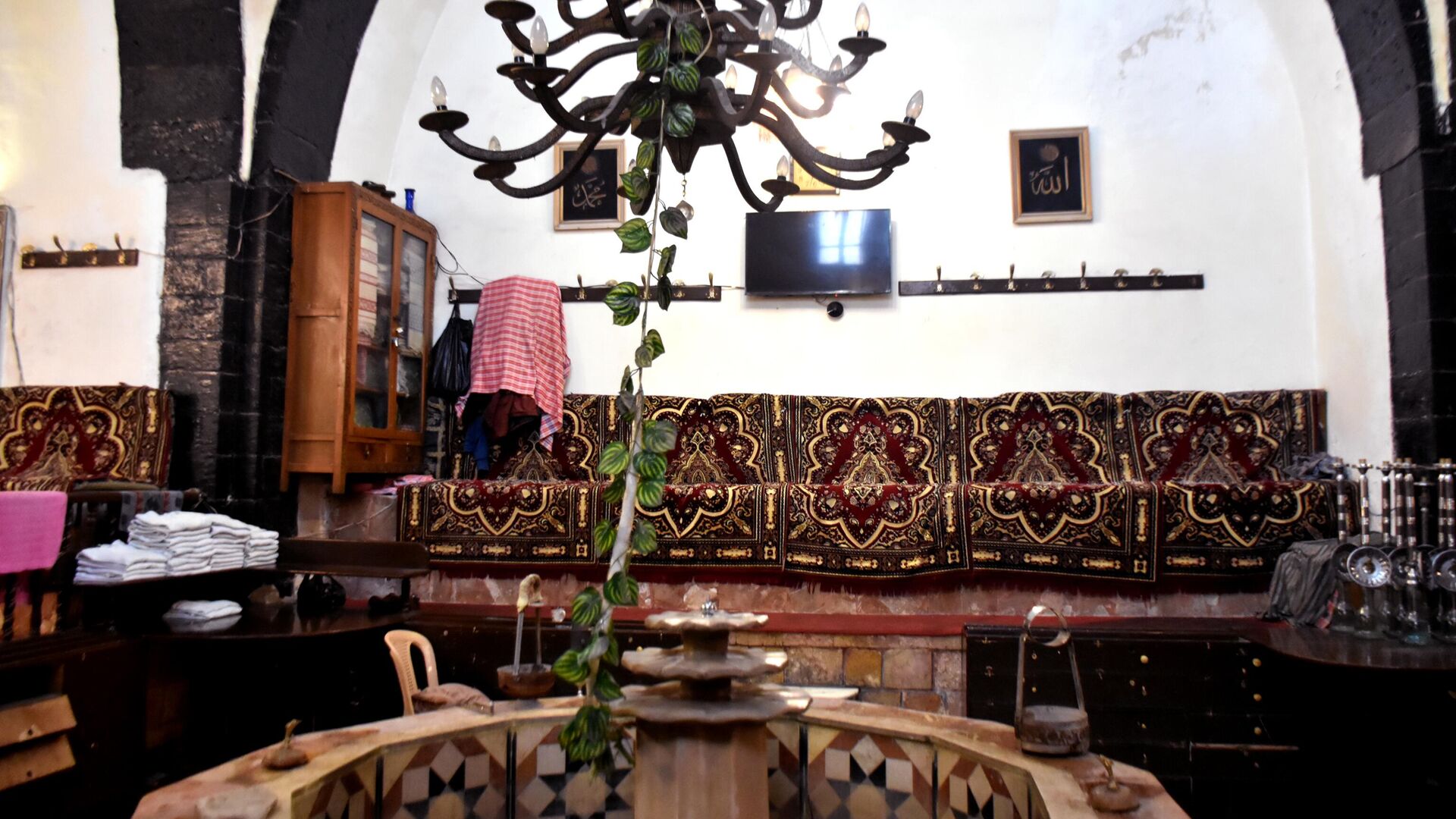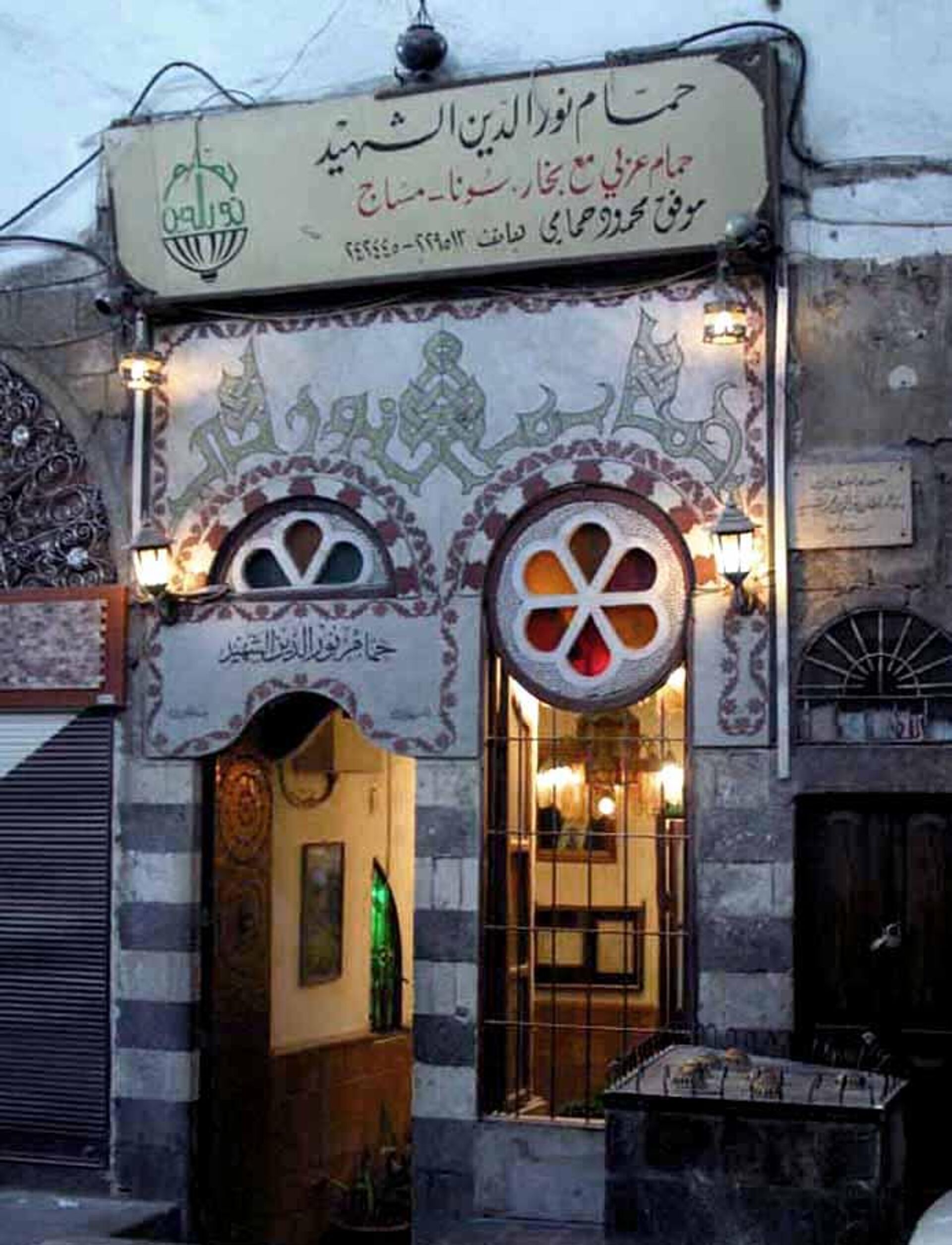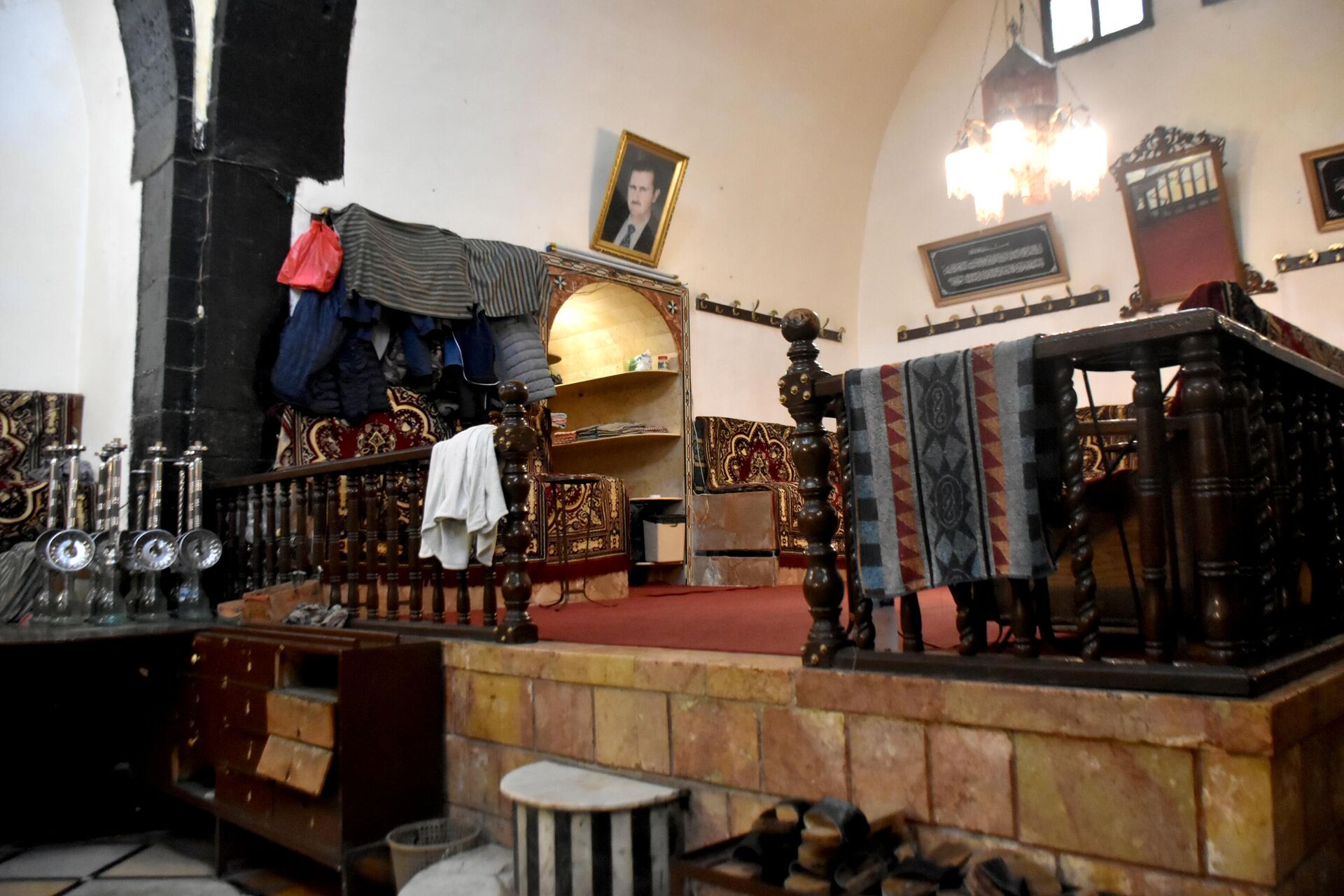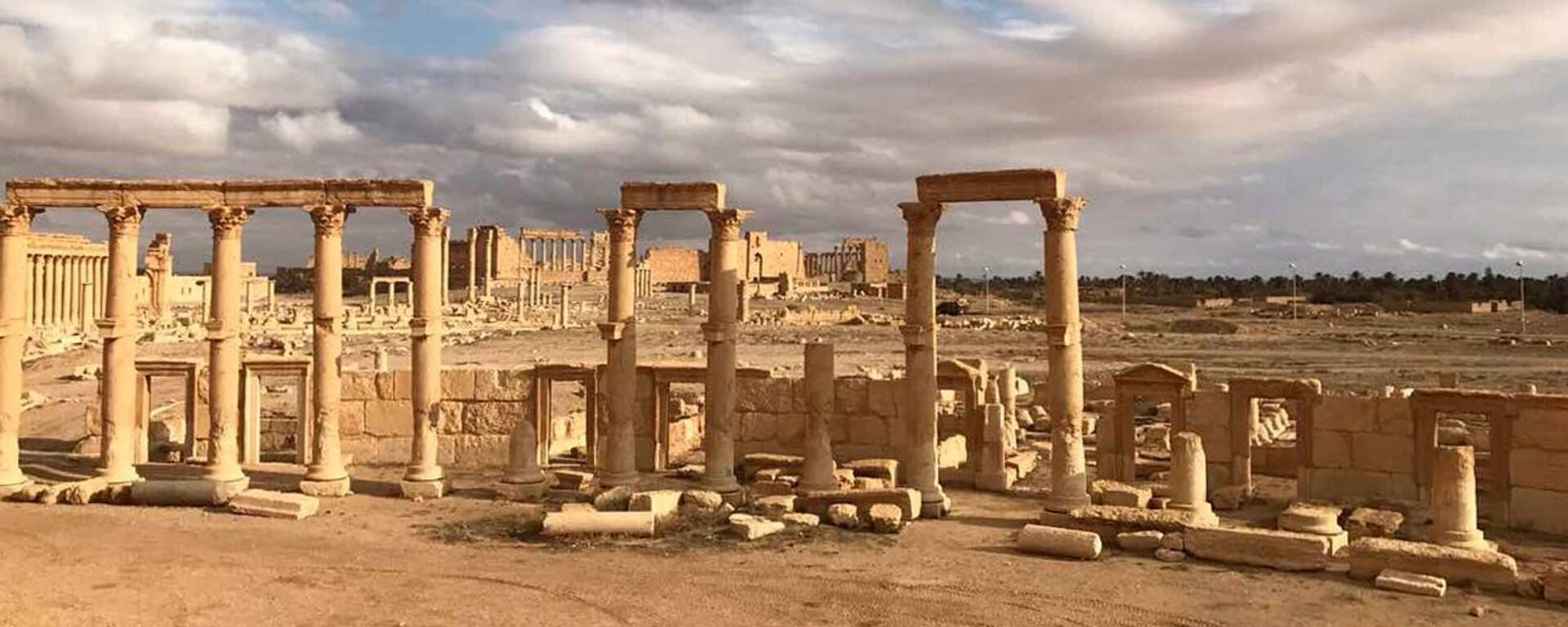Fuel Crisis Forces Syrians to Use Public Baths

© Sputnik / Hani Almahasneh
Subscribe
Public baths have become the ideal place for Syrians to rush to in the hope of overcoming the effects of the ongoing fuel crisis. Public baths in Damascus used to be purely recreational, with residents of the capital visiting once or twice a month.
Today, the fuel crisis caused by the US-imposed blockade and continued theft of Syrian oil has led to a shortage of energy resources in the country. Syrians now have no ability to heat their homes or water for domestic needs.
Such realities have forced Syrians to flee to public baths. They have now replaced home bathrooms, which are not easy to use due to fuel shortages and often round-the-clock power cuts.

"People are now actively visiting public bathhouses because of the fuel shortage"
© Sputnik / Hani Almahasneh
However, only a few of the 65 public baths in Damascus are functioning due to the damage done to the city during the war.
"In recent years, the miserable situation of Syrians has caused the number of people visiting the baths to decrease due to a lack of fuel."
Last August, the Ministry of Petroleum and Mineral Resources said that US troops and their mercenaries were taking an average of 66,000 barrels of oil per day from Syria, while the country's average daily oil production in the first half of 2022 was about 80,000 barrels.
Among the oldest baths still in operation is the Nour Al-Din Al-Shaheed public bath, whose construction dates back to 853. It is located in the middle of Al-Buzuriyah Souq market, near the Umayyad Mosque and the palace of Al-Azem and Khan As'ad Pasha.
Fuel Shortages Drive Syrians to Public Baths
"People are now actively visiting public bathhouses because of the fuel shortage," said Abu Hussam, one of the workers at the Nour Al-Din Al-Shaheed bathhouse.
He noted that "the number of customers has reached 100 people per day. In addition, he explained that "the fuel crisis that the country is experiencing has directly increased the number of visitors to public baths and that heating water at home is a problem because of the difficulty of the shortage of diesel fuel."

Fuel shortage problem also affects the owners of hammams
© Sputnik / Hani Almahasneh
Abu Hussam stressed that such a problem also affects the owners of hammams, who do not have enough government allocations, forcing them to buy more than 100 liters of diesel fuel per day at alternative markets at a price of more than 10,000 Syrian pounds ($4) per liter. According to Hussam, this has increased the cost of running the sanitation facilities to 25,000 Syrian pounds ($10) per person.
Mutasim, one of the bathhouse visitors, said: "We are barbers, we come to the bathhouse on our day off, every week on Mondays. We come especially to Old Damascus. Besides the fact that it is a place of rest, we also have access to hot water, which has been a problem due to the fuel crisis."
Another visitor, Muhammad al-Sheikh, added: "We are all barbers, we come here because of the long power cuts and the lack of fuel to maintain the bathrooms. Besides, we love the atmosphere of the national baths, which are a historical heritage."
A Swiss Tourist is Happy in Syria
Many Arab and foreign tourists are eager to visit the popular ancient sites and historical buildings in Old Damascus to learn more about the customs of the Syrian people and their way of life despite the economic crisis the country has been experiencing since 2011.

Public baths are open to both men and women
© Sputnik / Hani Almahasneh
Agnes Lagner, a project manager from Switzerland, said during a visit to the Nour Al-Din Al-Shaheed public bath as part of her tour of Old Damascus: "I recently arrived in Syria and I am happy to visit tourist sites in Damascus and especially this particular bath. I also visited the famous markets and saw the archaeological sites. I am going to visit other places in the coming days as well."
"I came to Syria alone, and during my stay here I plan to visit several places in Damascus, Homs, Aleppo, Maaloula, Saidnaya, Palmyra and Bosra, as well as several other tourist and archaeological sites. I am very pleased with this visit," she added.
The Hammam Nour Al-Din Al-Shaheed public bath dates back to the Ayyubid Dynasty and was built in 1170 A.D. during the reign of Nour Al-Din. It is one of the most important tourist attractions in Old Damascus. The bath is run by the Al-Hamami family. It was closed for 50 years and was used as a warehouse for goods from Al-Bzouria market. It was restored in 1979 with the support of the Directorate General of Antiquities and Museums of the Syrian Arab Republic. The bath was given a new style while preserving its archaeological value.
Public baths are open to both men and women, including the Nazriya bathhouse, which has also been restored and is already open to the public. The Nazriya bathhouse not only provides a good atmosphere for family vacations, but also meets the needs of people in the east and northeast of the country in the context of the energy crisis and the theft of Syrian energy resources by the Americans.
The Syrian Foreign Ministry said in mid-December last year that Syria had suffered $25.9 billion in losses as a result of US strikes against the Arab country, including $19.8 billion due to the theft of Syrian oil. It is also noteworthy that Syria's oil production fell sharply during the war, from about 380,000 barrels per day to 16,000 barrels per day, as the US and armed groups took control of several regions of Syria, especially in the east of the country, where major fields are located.



